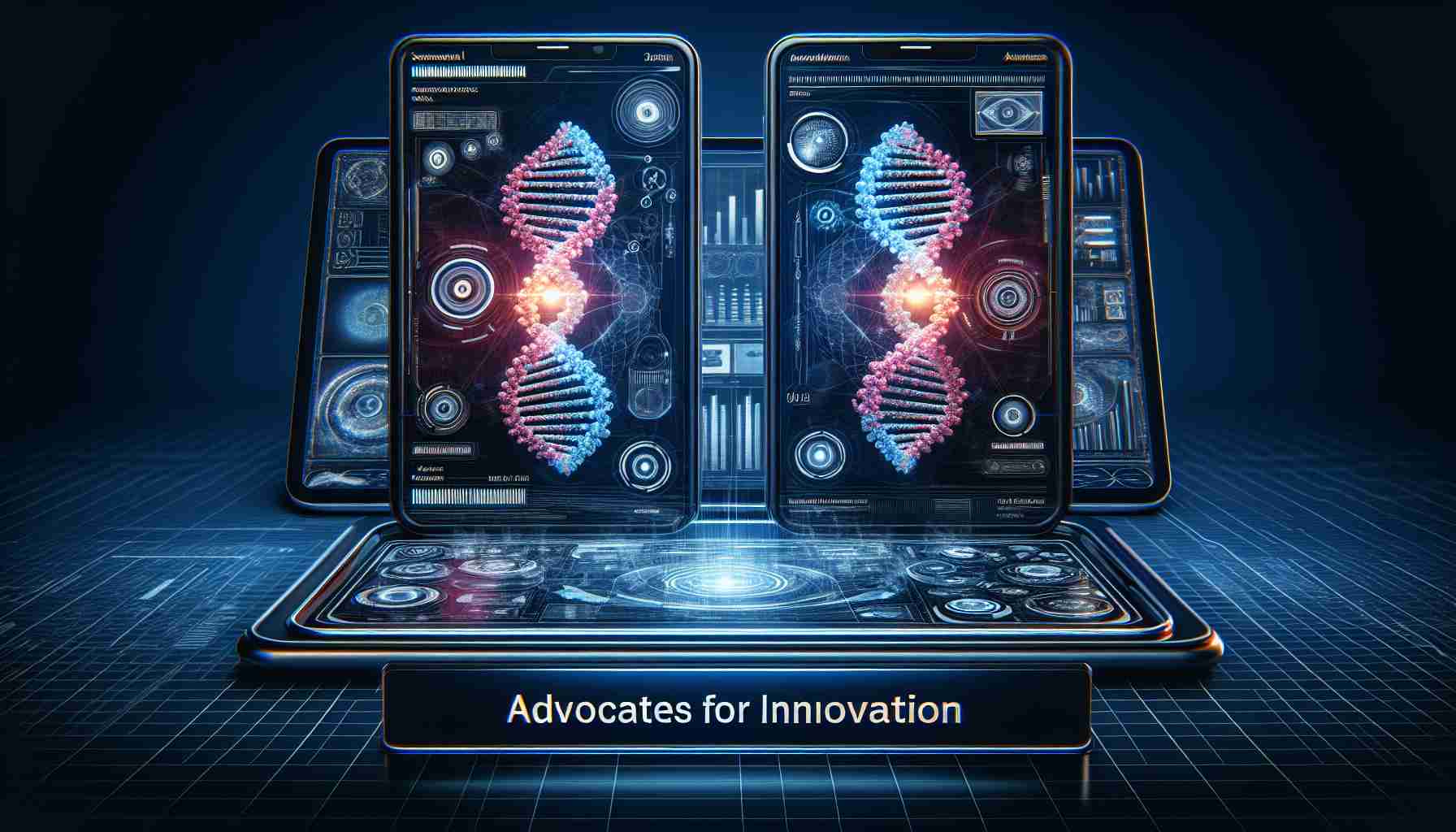Maucher Jenkins, a leader in intellectual property rights, operates as a nexus for innovation within the fields of engineering, software, and life sciences, among others. With a presence across the UK, Germany, Switzerland, and China, the firm is renowned for representing clients at the forefront of technological advancement.
A prominent case recently unfolded as the UK Intellectual Property Office (UKIPO) delivered a pivotal decision on a Motorola patent application. The topic at hand was a cutting-edge dual-screen mobile device that bears touch-sensitive displays on both the front and back. Users can transition content between these screens using a touch sensor.
The crux of the challenge in securing patents for graphical user interfaces (GUIs) lies within specific exclusions that often impede such technologies, namely the presentation of information or computer programs. Nonetheless, this hurdle is surmountable if the invention carries a significant technical contribution beyond these excluded categories.
In Motorola’s instance, skepticism was palpable, as the hardware’s technical merits were initially viewed as conventional by the first-instance Examiner. However, the Hearing Officer, through rigorous application of the Aerotel test and AT&T signposts for technical contribution, determined that this invention indeed traversed beyond mere computer programming to deliver a genuine technological advancement.
Ultimately, the significance of the invention was not just in the information displayed but in the method through which the switching occurs, enabling robust user interactions with the dual displays. With this viewpoint, the case was directed back for reassessment, opening a new chapter for innovative designs in smart device technology.
Advantages and Disadvantages of Dual-Screen Mobile Technology:
One potential advantage of dual-screen mobile devices includes enhanced multitasking capabilities, allowing users to display and interact with multiple apps simultaneously. This can lead to more productivity and improved user experiences. Dual-screens may also provide novel ways of interacting with content, such as gaming, reading, or media consumption.
However, disadvantages might include increased battery consumption due to the additional screen, potential for higher costs due to more complex manufacturing processes, and increased risk of screen damage. The added complexity can also lead to software challenges, as developers must create applications that effectively utilize the dual-screen setup.
Questions, Answers, and Key Challenges:
Q: What are the key challenges in patenting GUI-based inventions like dual-screen technology?
A: Patenting GUIs can be challenging due to exclusions that often cover the presentation of information and computer programs. To overcome this hurdle, the invention must demonstrate a significant technical contribution that is more than just a computer program or a way of presenting information.
Q: Why was there skepticism surrounding Motorola’s patent application?
A: The initial skepticism arose because the hardware’s technical aspects were deemed conventional by the first-instance Examiner. It was critical to show that the invention provided a technical solution to a technical problem, rather than just a mere GUI enhancement.
Key Controversies:
The patent eligibility of software and GUI innovations frequently sparks debate as to what constitutes a technical solution and whether intellectual property protection should extend to such inventions. The line between what is an artistic creation and what is a technical advancement can often be thin and open to interpretation.
Related Information:
For those interested in intellectual property rights, especially in technology and innovation, visiting the official websites of IP law firms and relevant patent offices can be insightful. You may find further information on the following websites:
– UK Intellectual Property Office
– Maucher Jenkins
Please note that when seeking specific information about legal cases, patents, or law firm profiles, always refer to the official, verified sources to ensure the information’s accuracy and currency.
